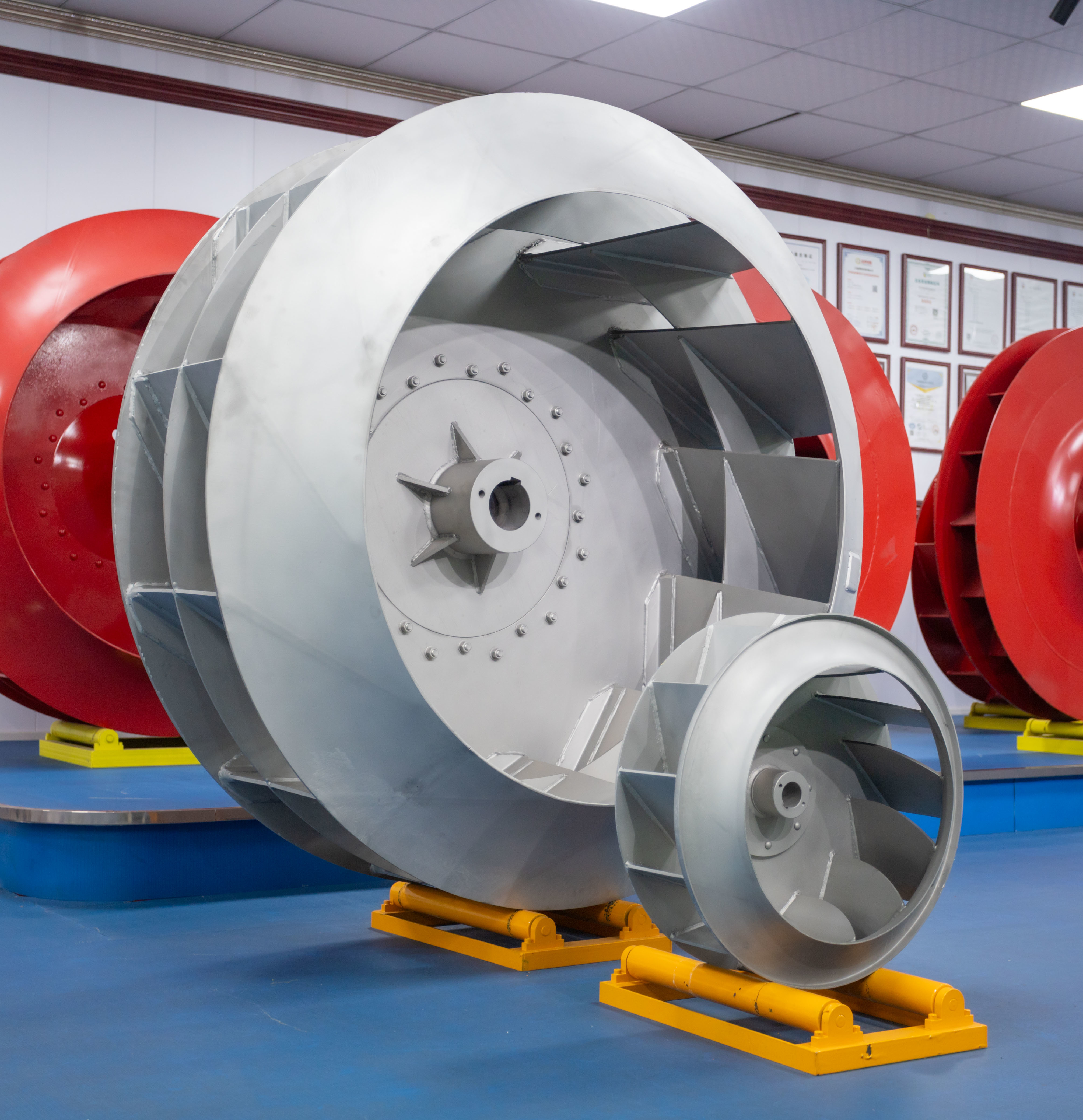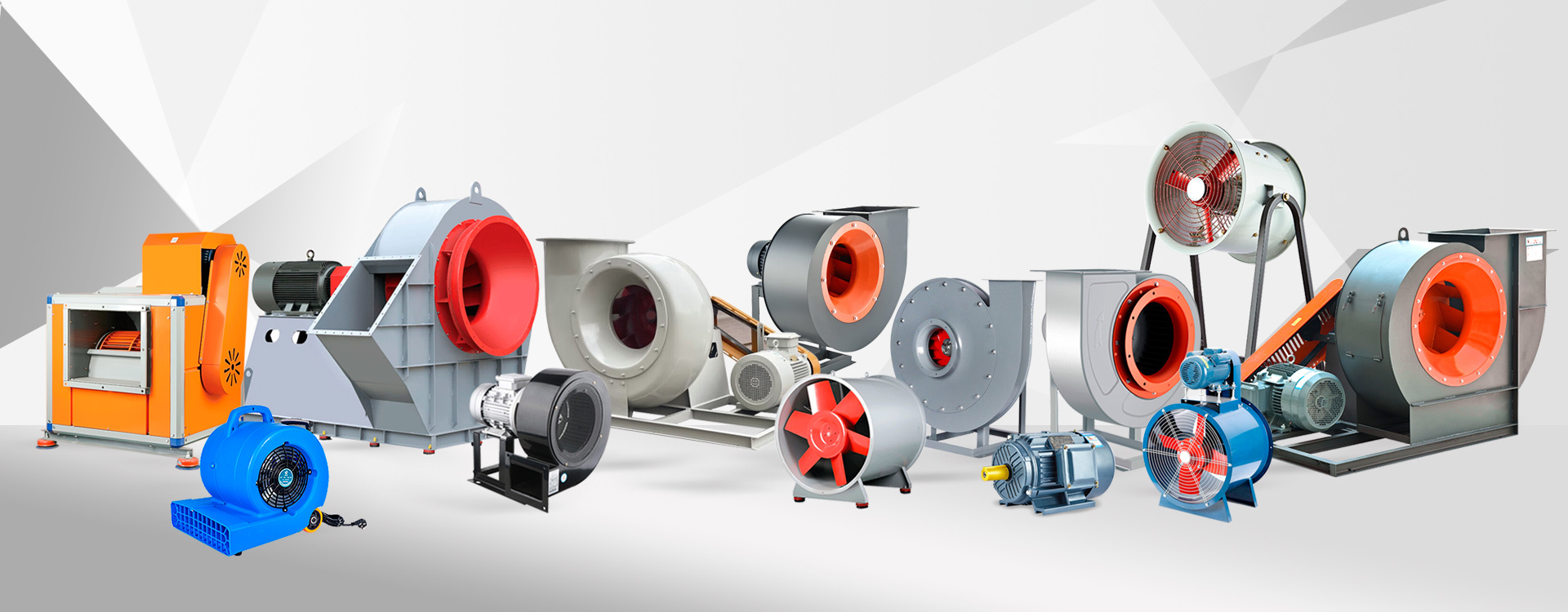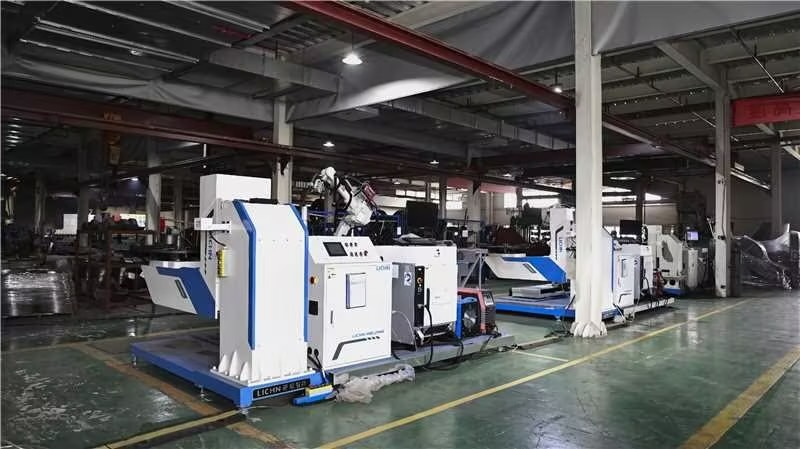Comparison of the characteristics of forward and backward tilting of centrifugal fan blades

Centrifugal fans play a vital role in various industrial applications, providing the necessary airflow for ventilation, cooling, and exhaust processes. One of the critical design features of centrifugal fans is the tilting of the blades, which can be classified into two main categories: forward-tilting and backward-tilting blades. Each configuration exhibits distinct characteristics that influence performance, efficiency, and suitability for specific applications. This article aims to compare the characteristics of forward and backward tilting of centrifugal fan blades.
To begin with, it is essential to understand the fundamental design differences between forward-tilting and backward-tilting blades. Forward-tilting blades are designed with an angle that tilts towards the direction of rotation. This design allows the blades to effectively draw air into the fan and push it out at a higher pressure. Conversely, backward-tilting blades are angled away from the direction of rotation. This configuration generally allows for a more streamlined airflow, reducing turbulence and improving efficiency.
One of the most significant differences between the two blade types is their performance characteristics. Forward-tilting blades are typically more suited for applications requiring high airflow at lower pressures. They can handle large volumes of air and are often used in applications such as exhaust fans and large industrial blowers. On the other hand, backward-tilting blades excel in high-pressure applications, providing better performance in situations where resistance is present. This makes them ideal for applications like air conditioning systems and high-efficiency ventilation.
Another important aspect to consider is the efficiency of the two blade designs. Backward-tilting blades are generally more efficient than their forward-tilting counterparts. This increased efficiency is primarily due to the reduced drag and turbulence experienced by the airflow as it moves through the fan. In contrast, forward-tilting blades tend to create more turbulence, which can lead to energy losses and reduced overall efficiency. Therefore, when designing a centrifugal fan, the choice of blade tilt can significantly impact energy consumption and operational costs.
Moreover, the operating range of the two blade types also varies. Forward-tilting blades are more versatile and can operate effectively across a broader range of conditions. They can handle fluctuations in airflow and pressure without significant performance degradation. In contrast, backward-tilting blades have a more limited operating range, often performing optimally at specific airflow and pressure levels. This characteristic makes backward-tilting blades less adaptable to varying conditions, which can be a disadvantage in certain applications.
In terms of noise levels, backward-tilting blades tend to produce less noise compared to forward-tilting blades. The streamlined design of backward-tilting blades minimizes turbulence, resulting in quieter operation. This attribute is particularly beneficial in applications where noise reduction is crucial, such as in residential or office environments. Conversely, the turbulence generated by forward-tilting blades can lead to increased noise levels, which may be a concern in noise-sensitive applications.
Additionally, the maintenance and durability of the two blade designs can differ. Forward-tilting blades may experience more wear and tear due to the higher levels of turbulence and stress they endure during operation. This can lead to more frequent maintenance requirements and potential downtime. Backward-tilting blades, with their more efficient airflow and reduced turbulence, generally exhibit greater durability and require less maintenance over time. This characteristic can contribute to lower operational costs and improved reliability in the long run.
When considering the materials used for manufacturing the blades, both forward and backward tilting designs can be made from various materials, including plastic, aluminum, and stainless steel. However, the choice of material may depend on the specific application and environmental conditions. For example, backward-tilting blades may be preferred in corrosive environments due to their ability to maintain performance and efficiency over time.
In conclusion, the choice between forward-tilting and backward-tilting centrifugal fan blades ultimately depends on the specific requirements of the application. Forward-tilting blades are ideal for high airflow at lower pressures and offer versatility in varying conditions, while backward-tilting blades excel in high-pressure applications with better efficiency and quieter operation. Understanding the characteristics of each design allows engineers and designers to make informed decisions when selecting the appropriate fan for their needs. As industries continue to prioritize energy efficiency and operational effectiveness, the significance of blade tilt in centrifugal fans will remain a critical consideration in fan design and selection.
Tag:
Previous Page
Previous Page:
Recommend News










